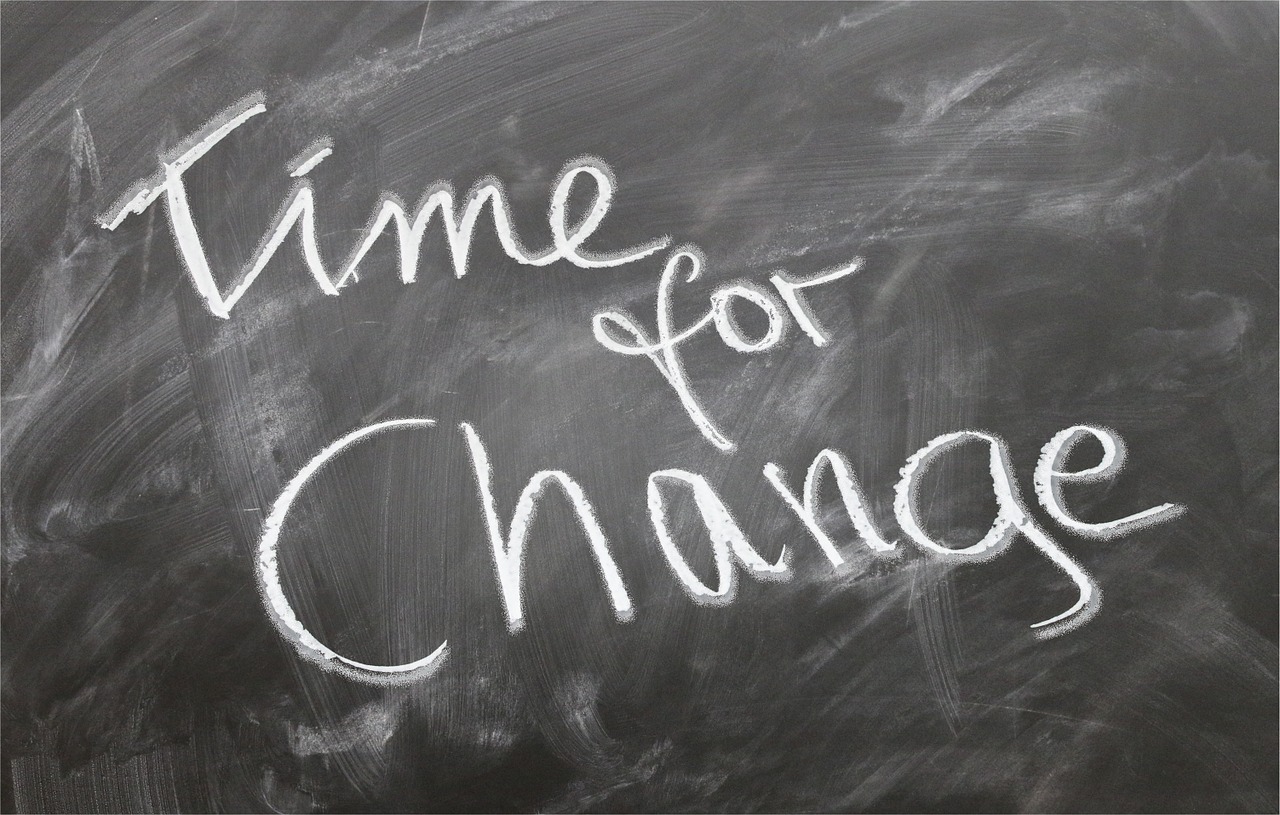![]()
While many things can feel uncertain in the world of a government employee, one thing you can count on is change.
Between shifting organizational charts, shrinking budgets, and potential government shutdowns, change can feel more like the norm than the exception these days. Learning to navigate and working effectively with persistent waves of change is an essential skill in today’s world.
People have different ways of responding to change, and understanding these styles can be helpful. We typically can respond to change as leapers, bridge builders, or tradition holders. Systems need each of these styles to function during change.
Leapers get things going; bridge builders improve and clear the way; and tradition holders make sure that important parts of the history of the organization are preserved.
How to work with different styles during change:
- Leapers are enthusiastic about change and enjoy the challenge of new things. Leapers act as early adopters and change agents that usually help the whole organization adapt to the new way. They are excellent at starting change initiatives, but can also become disruptive if they become restless or bored, especially if adoption of the change takes too long. Encourage leapers to share their enthusiasm, and express their vision about what the new way offers the group or organization.
- Bridge builders tend to initially sit back a bit and observe the change process. They want to know the how, what, and why of the change before they agree to it. Once on board, however, they can act an opinion leaders and make it easier for others to follow. Because they want to investigate and understand the change, they also often add improvements to the change initiative or act as articulate spokespersons for it. Encourage bridge builders to research and provide data for new way, and share their information with others.
- Tradition holders are often suspicious of change. Often they have been around a long time and hold an attitude that “the more things change, the more they stay the same.” They can be labeled as ‘stick in the mud’ or an ‘obstacle’, etc., but their gift is that they hold the culture and history of the organization. They champion the traditional ways of the organization, and generally have a lot of knowledge about who to talk to and how to get things done. Their job is to protect what is good about the old ways and to ensure that change isn’t too hasty or not well thought out. Encourage tradition holders to act as watchdogs: request that they pay attention so that nothing important is lost in the change.
Note that one style is not better than another: finding the value of what each response has to offer the change is what is important. While most of us have a natural preference towards one style, we can also be leapers in one area of the change and tradition holders in another. Rather than fight the wave of change, we can learn how to work with change, and these typical responses.
In the comments below, I’d love to hear from you. Share with us: Which is your natural preference in approaching change: leaper, bridge builder, or tradition holder? What helps you in navigate change in your setting?
Hanna Cooper is part of the GovLoop Featured Blogger program, where we feature blog posts by government voices from all across the country (and world!). To see more Featured Blogger posts, click here.





Leave a Reply
You must be logged in to post a comment.